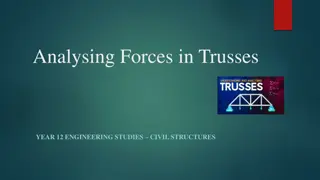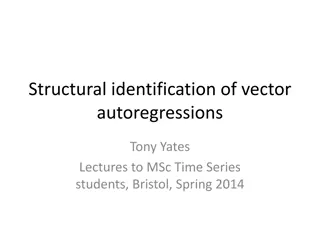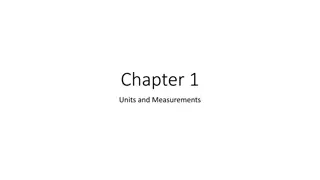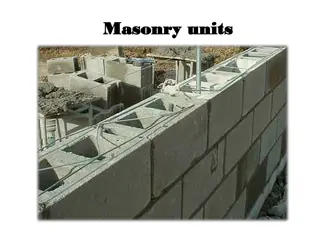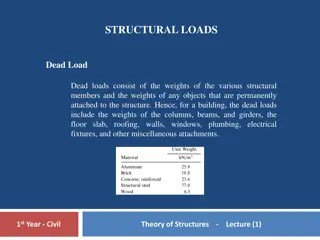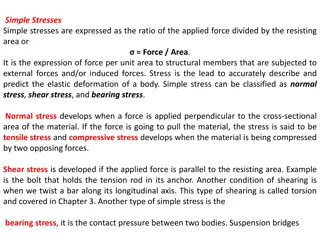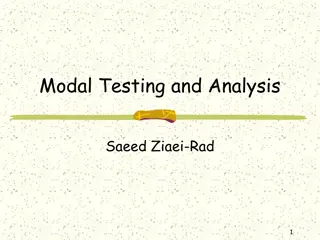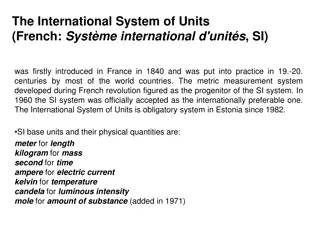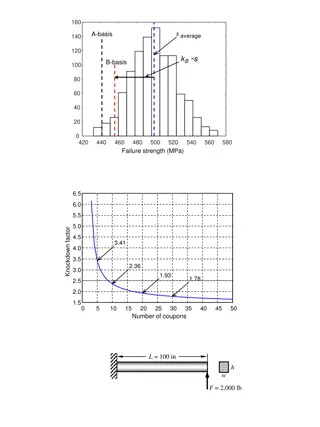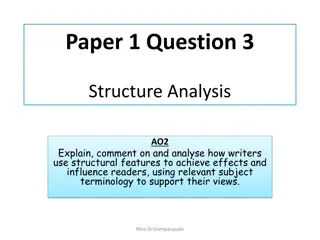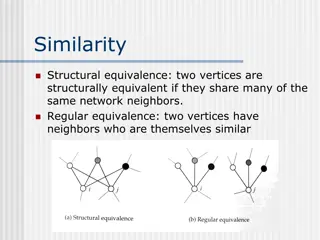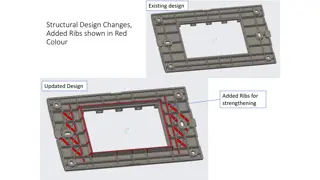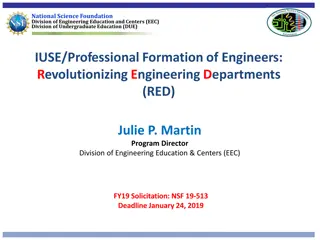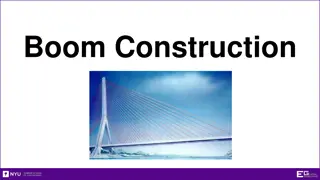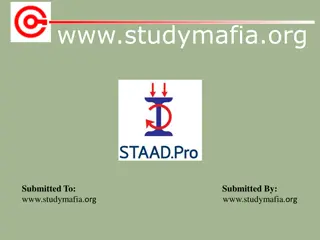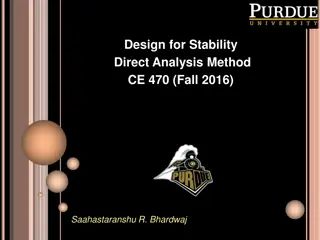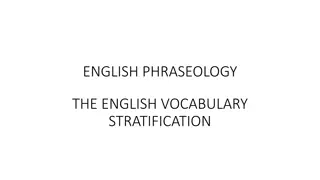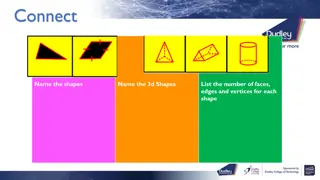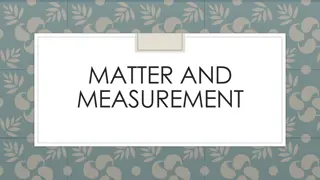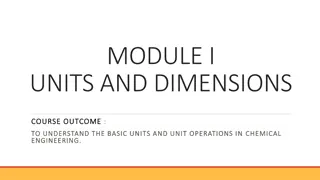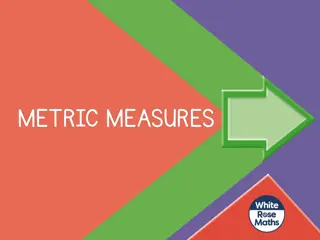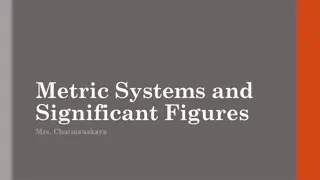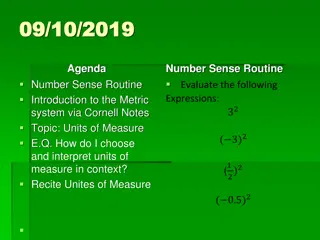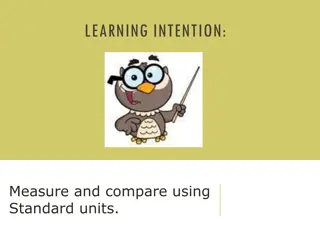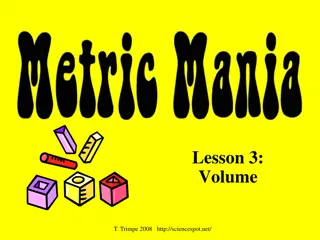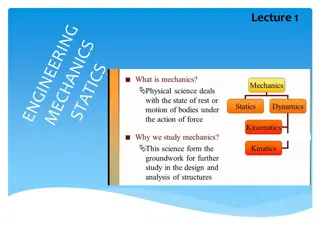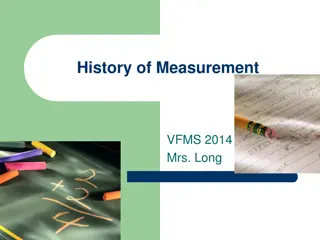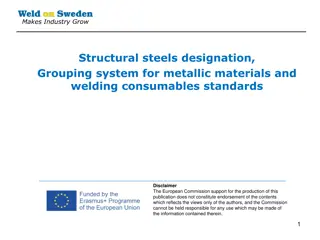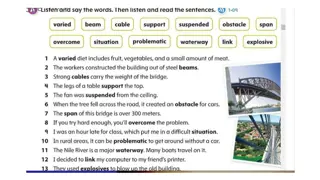Understanding Trusses: Structural Units in Engineering
Trusses are fundamental structural units made of straight bars forming triangles or other stable shapes. They are versatile in applications like roof construction, supporting train tracks, and church ceilings. Comprising structural members, joints, angles, and polygons, trusses distribute weight effectively. Learn the difference between planar and space trusses, explore various truss designs, and grasp essential engineering terminology like load, compression, and tension.
Download Presentation

Please find below an Image/Link to download the presentation.
The content on the website is provided AS IS for your information and personal use only. It may not be sold, licensed, or shared on other websites without obtaining consent from the author. Download presentation by click this link. If you encounter any issues during the download, it is possible that the publisher has removed the file from their server.
E N D
Presentation Transcript
Introduction to Trusses
A truss is a structural unit made from straight bars that form triangles or other stable, rigid shapes. The simplest form of a truss is one single triangle.
For roof construction Support for elevated train tracks A church ceiling
Tell me an example of a truss you have seen.
What makes up a truss?
A truss is a series of straight bars that form triangles or other stable, rigid shapes. A truss is composed of: structural members joints or nodes angles polygons Due to their geometry and rigidity, trusses can distribute a single point of weight over a wider area.
What is the difference between a planar truss and a space truss?
planar (simple) truss Members and nodes in the 2D plane Examples: bicycle frame, roofing, rafters space truss Members and nodes in the 3D plane Examples: bridges, transmission towers
Many more truss designs pitched (common) truss Howe truss
Engineering Terminology Load Structural Member Applied weight or force on a structure A physical piece of a larger structure Example: vehicles and wind on a bridge Example: a steel beam
Truss in Compression and Tension Pratt truss Uses vertical members in compression and horizontal members in tension Most efficient under vertical-loading compression
Have you ever walked across a simple footbridge made of boards or a rope bridge and noticed how the bridge changes shape (bends) as you walk across its center?
Deformation This bending of the bridge is called deformation. Deformation refers to something that changes shape when pressure is applied. We will measure some of the angles in our truss both before and after a load is applied in order to calculate the amount of deflection. As we design and test trusses today, we will apply weight (in the form of books) to our trusses and observe how the angles deflect when subjected to a load. Engineers consider many factors in bridge design, including the maximum load it can support and how much deformation the bridge materials can withstand before breaking.
Your Engineering Design Challenge You are going to make a space truss!
Choose from these regular polygons: Triangle Quadrilateral Pentagon Hexagon Heptagon Octagon Nonagon Decagon
Example Trusses
Sum of interior angles = (n-2)*180 n=number of sides in your polygon
Tagging and Measuring Your Target Angles


